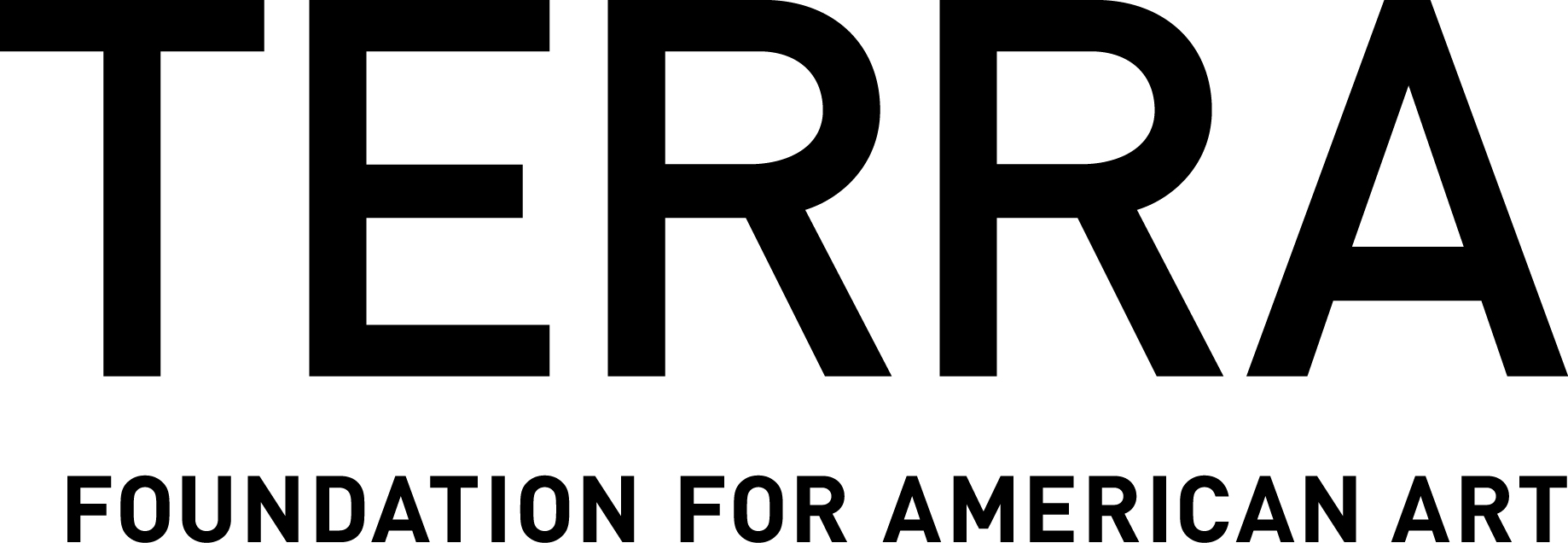Acts of Faith
Religion & the American West
The “American West” as we know it emerged in the 1800s during U.S. expansion. But what did religion have to do with it? And how did western expansion change America’s religious landscape?
Acts of Faith: Religion & the American West explores the dramatic interplay between religion and U.S. expansion in the 19th-century West. Guiding visitors on a sprawling journey through a diverse array of places and communities, the exhibition illuminates how religion became such a vital and contested part of American life.
Investigating the convictions and beliefs that shaped westward expansion throughout the 19th century, Acts of Faith takes visitors beyond the mythologized “Wild West” of popular culture and presents a fuller, more surprising picture: a West populated by preachers, pilgrims, and visionaries, and home to sacred grounds and cathedrals that kindled spiritual feeling from the woodlands of New York to the valleys of California. This exhibition highlights the experiences of a breadth of people who, voluntarily or involuntarily, took part in this momentous, chaotic story — including diverse Native peoples, Protestant missionaries, settlers from The Church of Jesus Christ of Latter-day Saints, Catholic communities, African American migrants, Jewish traders, and Chinese immigrant workers.
The extraordinary diversity of art, artifacts, and objects that have been assembled for the show both illustrate and evoke the ways in which religion served peoples of differing faiths and beliefs as an anchor for social organization, a resource for resistance, and a means of survival. Dr. Louise Mirrer, President and CEO of The New York Historical
Visitors will learn how the nation’s growth increased religious diversity within its borders but also intensified contests over religious differences. Whose religious liberties would be protected, and how would contests over competing beliefs and customs be handled? These conflicts transformed America’s religious landscape in ways that can still be felt today. The rarely told stories in Acts of Faith illustrate religion as a source of identity, a driver of settlement, a force of social organization and control, and a resource for resistance and resilience.
Inside the Exhibition
The exhibition is divided into an introduction and three chronological sections: Homelands & New Lands, 1810s–1840s; Trails & Trials, 1840s–1860s; and Insiders & Outsiders, 1860s–1890s. Displays rich with images and artifacts shed light on the ways people drew upon religion to define and defend their futures and imagine their communities in a rapidly changing West, as well as how religion and race shaped ideas about citizenship, freedom, and belonging in an expanded nation.
- Among the highlights of the exhibition are Robert Weir’s portrait of the famous Seneca chief Sagoyewatha, or “Red Jacket”; and a bulto (wooden statue) of San Ysidro Labrador from 19th-century New Mexico.
- Specially commissioned installations and immersive displays include a dollhouse-sized diorama of St. Louis’s first Rosh Hashanah ceremony; a large mural depicting a San Ysidro Feast Day in Taos, New Mexico; an illustrated interactive journey to the California goldfields with 49er Sarah Royce; a life-size, lifelike figure of African American pioneer Clara Brown; and a recreation of a 19th-century classroom.
- Media elements include visualizations of the Latter-day Saints' exodus to Utah and the saga of American Indian boarding schools.
Explore Our Digital Guide
The exhibit has been fully reproduced in English and Spanish on our digital guide through Bloomberg Connects. Use the digital guide to prepare for your visit to the exhibit, to learn at your own pace while onsite, to utilize accessibility features such as screen reader capabilities, high resolution image zoom, text-to-speech, and to gain access to more than 40 languages via Google Translate.
Educational Resources
- Use this online curriculum with your students to explore the role of religion in all the major events and themes of U.S. expansion in the 19th century. Units include primary sources, discussion questions, classroom activities, and supplementary videos.
- Take a virtual field trip to "visit" this interactive, virtual version of the exhibit.
This exhibition has been organized by The New York Historical. Lead support for Acts of Faith: Religion and the American West is provided by the National Endowment for the Humanities. Major support is provided by the Henry Luce Foundation. Research for this exhibition was supported by the Terra Foundation for American Art.



Sponsored by the Albert and Ethel Herzstein Hall Fund.
The Bullock Museum, a division of the Texas State Preservation Board, is funded by Museum members, donors, and patrons, the Texas State History Museum Foundation, and the State of Texas.
Lender
The New York Historical
On View
At the museum: 04/05/2025 - 08/24/2025

